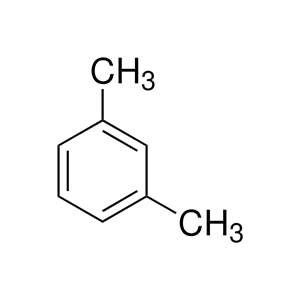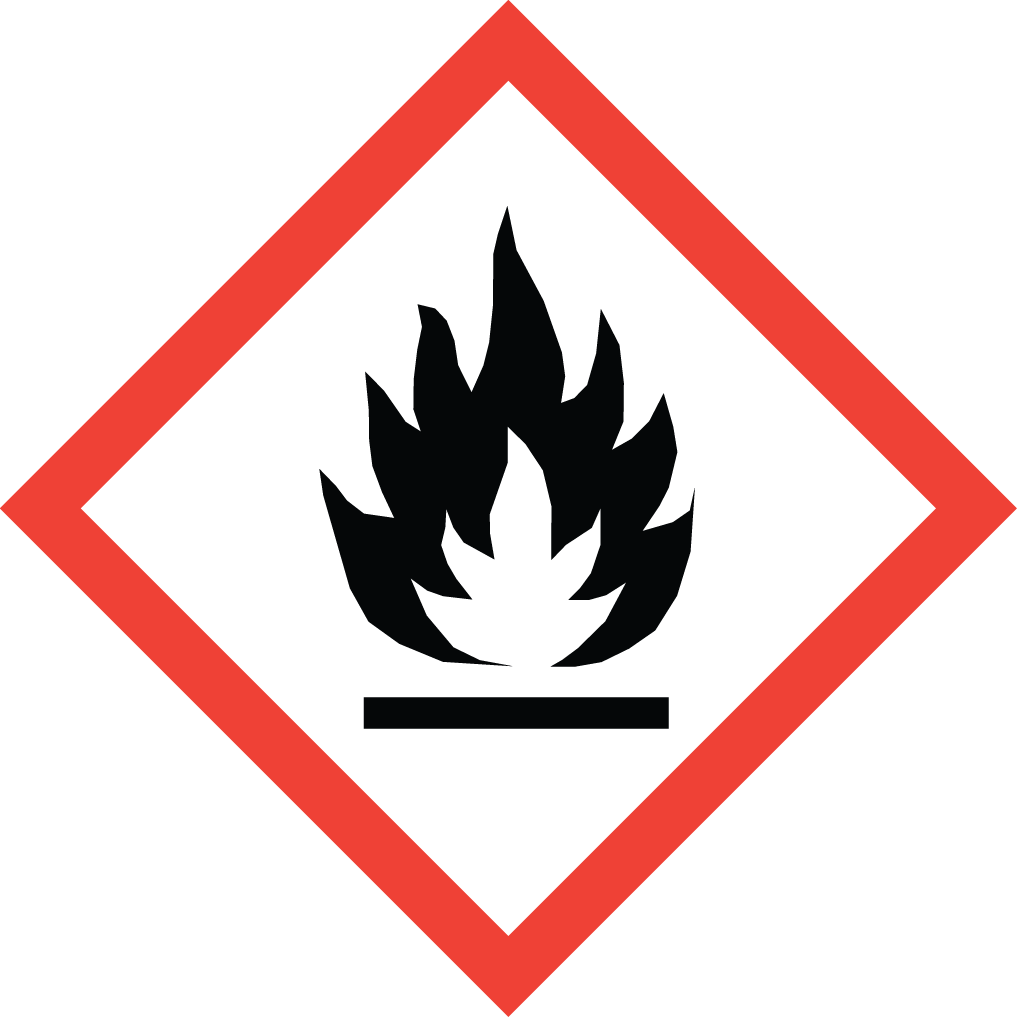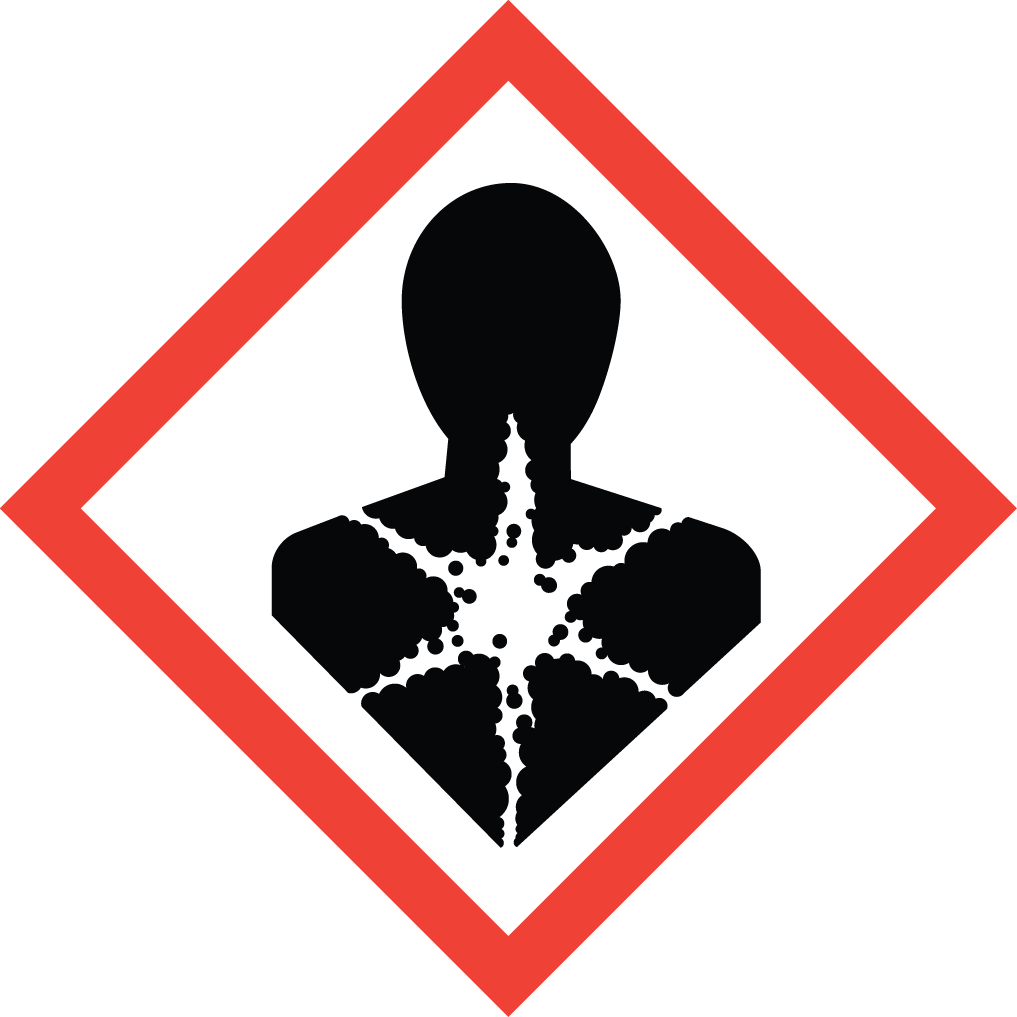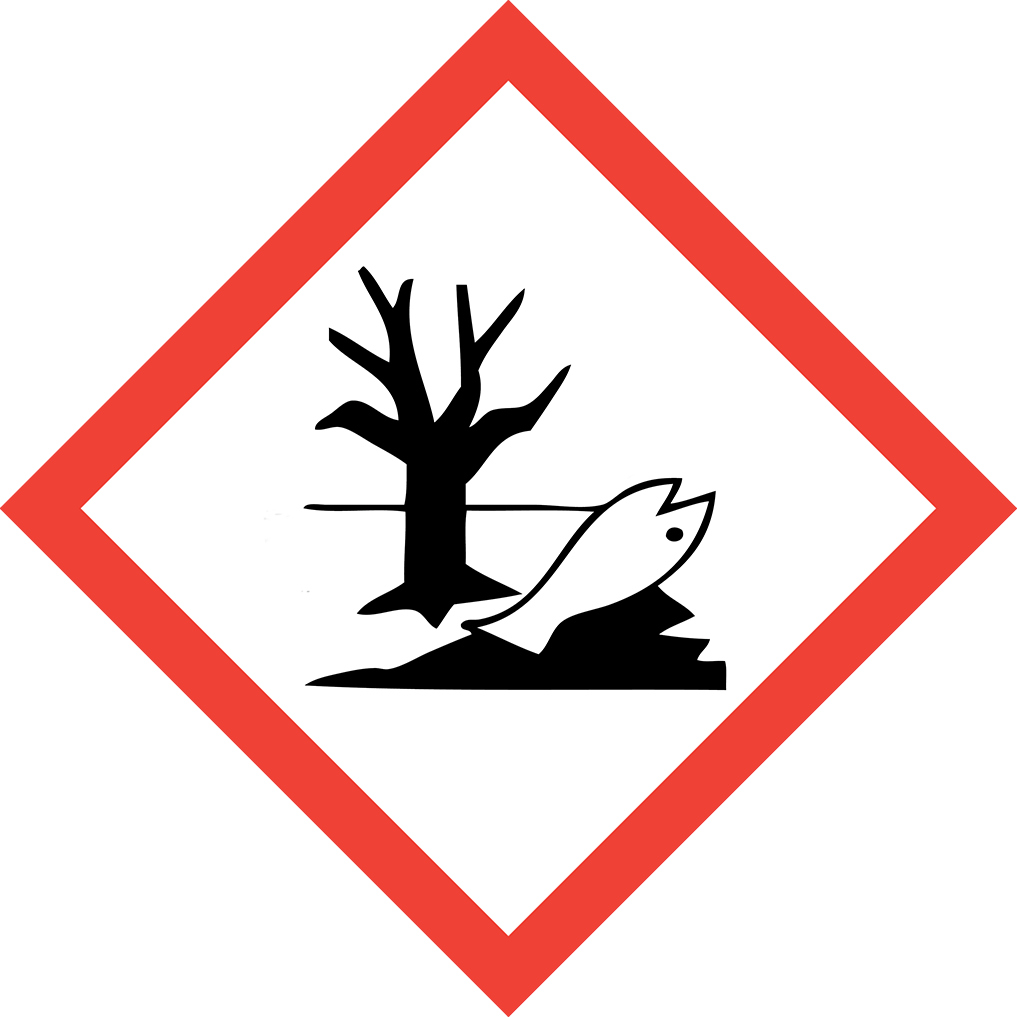Aure Chemical Delivers Excellence in Premium m-Xylene
Aure Chemical is a leading global supplier of m-Xylene, also known as Meta-Xylene or 1,3-Dimethylbenzene. As a crucial aromatic hydrocarbon, our m-Xylene is produced to the highest purity standards, ensuring consistent quality and a reliable supply for your diverse industrial applications.
Basic Information of m-Xylene
m-Xylene (CAS No. 108-38-3) is a colorless, clear liquid with a characteristic aromatic odor. It is one of the three xylene isomers and is particularly valued for its specific chemical structure, which makes it an indispensable building block and solvent in the petrochemical and chemical manufacturing sectors.
| CAS No.: | 108-38-3 |
|---|
| EC No.: | 203-576-3 |
|---|
| Linear Formula: | C₈H₁₀ |
|---|
| Molecular Weight: | 106.17 |
|---|
| Appearance: | Transparent Liquid |
|---|
| Melting Point: | -48 °C (lit.)
|
|---|
| Boiling point | 138-139 °C (lit.) |
|---|
| Density: | 0.868 g/mL at 25 °C (lit.) |
|---|
| RIDADR: | UN 1307 3/PG 3 |
|---|
| Chemical Structure: |  |
|---|
Key Applications of m-Xylene
m-Xylene's unique properties make it an invaluable compound across various industries:
Isophthalic Acid Production: Its primary use is as a feedstock for the production of isophthalic acid, a key component in high-performance unsaturated polyester resins (UPR), PET resins (for bottles), and other specialty polymers.
Solvent: Serves as an excellent solvent for paints, coatings, lacquers, inks, and pesticides due to its strong solvency power and controlled evaporation rate.
Agrochemicals & Dyes: Used as an intermediate in the synthesis of various agricultural chemicals and dyestuffs.
Chemical Intermediate: An important building block in the synthesis of other organic chemicals, contributing to a wide range of industrial products.
Specialty Polymers & Plasticizers: Utilized in the production of certain specialized polymers and plasticizers.
Aure Chemical: Your Reliable m-Xylene Partner
Partnering with Aure Chemical for your m-Xylene supply means benefiting from:
Uncompromising Quality: We ensure high purity and reliable performance for every batch through robust quality assurance protocols.
Global Supply Chain: Our extensive logistics network guarantees efficient and secure supply in bulk of m-Xylene to your facilities worldwide, in full compliance with international dangerous goods regulations.
Commitment to Safety & Compliance: We adhere to the highest safety standards for the handling, storage, and transportation of this flammable liquid, providing complete Safety Data Sheets (SDS) and necessary dangerous goods documentation.
Dedicated Customer Support: Our knowledgeable team is always available to provide technical insights and assist with your ordering and logistical requirements.
Hazards Classification
GHS Classification: Flammable Liquid (GHS02), Health Hazard (GHS08), Environmental Hazard (GHS09)
Hazard Statements: Highly flammable liquid and vapor; harmful if inhaled; may cause drowsiness or dizziness; causes skin irritation; toxic to aquatic life with long lasting effects.
UN Number: UN 1307
Hazard Class: 3 (Flammable Liquids)
Packing Group: III
 GHS02: Flammable
GHS02: Flammable GHS08: Health hazard
GHS08: Health hazard GHS09: Environmental hazard
GHS09: Environmental hazard
